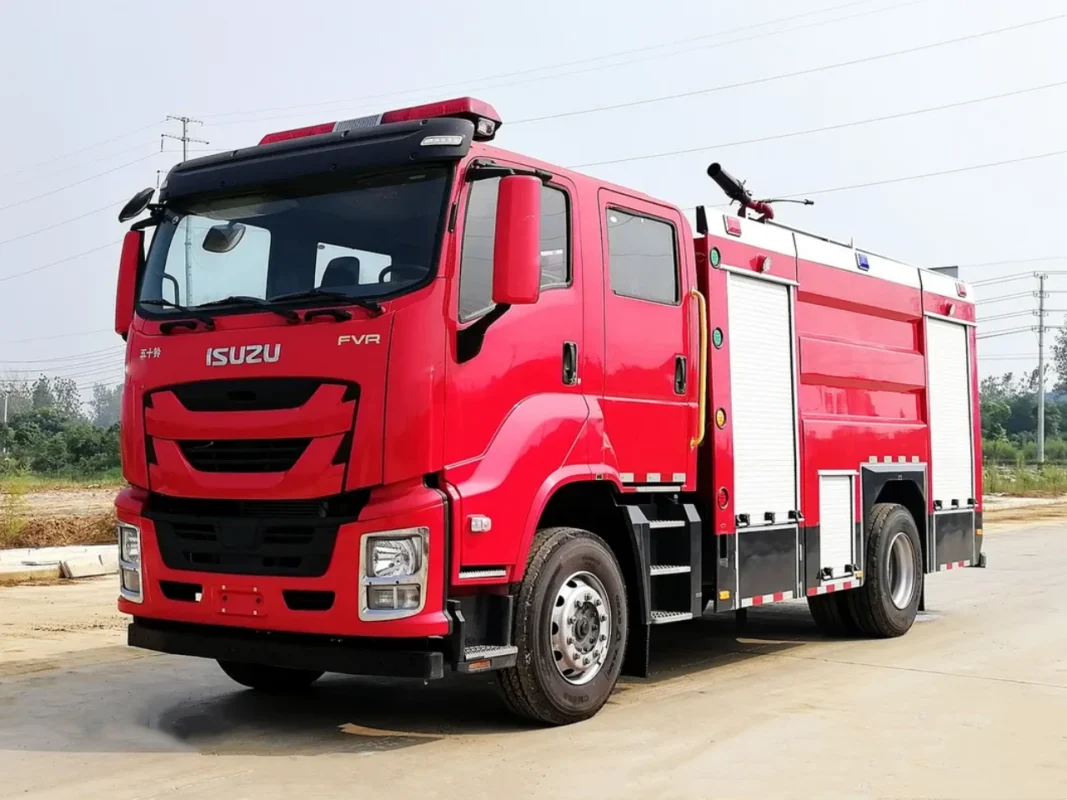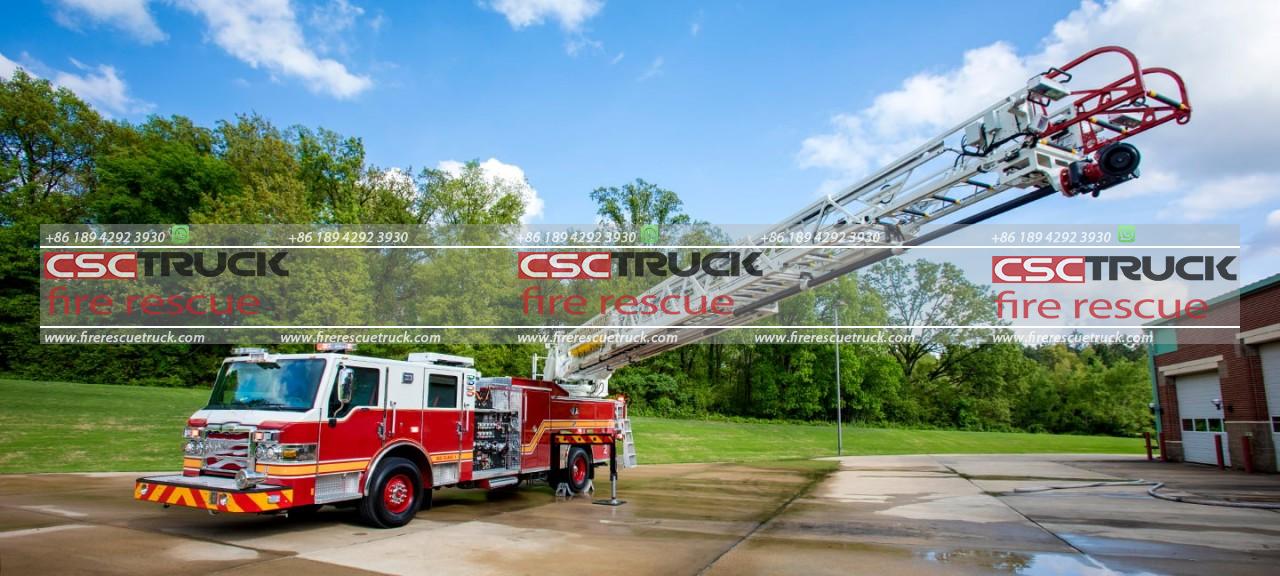Introduction
A pumper truck, also known as a fire engine, plays a critical role in firefighting operations. These specialized vehicles are designed to transport water, firefighting equipment, and personnel to emergency sites. One of the most important aspects of a pumper truck is its capacity, which determines its efficiency in supplying water and supporting fire suppression activities. Understanding the capacity of a pumper truck involves examining water tank size, pump performance, hose configurations, and additional features that enhance its functionality. This article provides an in-depth look at the capacity of a pumper truck and the factors that influence its effectiveness.
Water Tank Capacity
One of the primary factors defining a pumper truck’s capacity is the size of its onboard water tank. Fire pumper trucks typically carry water in tanks that range in size from 500 gallons to 1,500 gallons (1,893 to 5,678 liters). Smaller urban fire trucks may have tanks with a capacity of around 750 gallons (2,839 liters), while rural fire departments often use larger tanks with capacities up to 3,000 gallons (11,356 liters) or more due to the scarcity of nearby fire hydrants.
Some pumper trucks are equipped with additional features such as portable water tanks that can hold thousands of extra gallons. These tanks allow firefighters to establish a water supply in remote areas where hydrants are unavailable. However, water supply from the tank is usually limited and must be supplemented by other sources such as hydrants, water tenders, or drafting from natural water bodies.
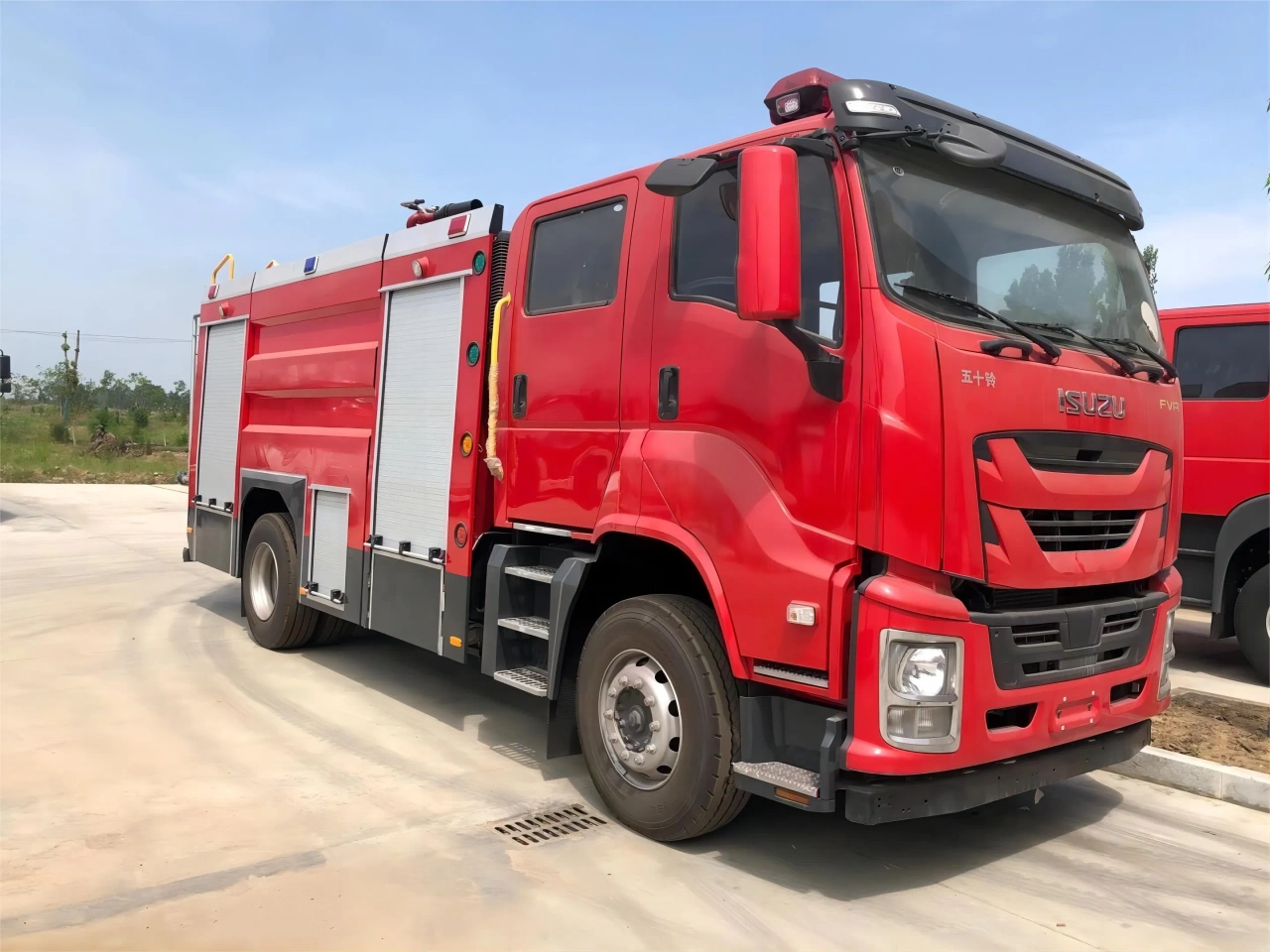
Pump Performance
The second major component of a pumper truck’s capacity is its pump performance, which is measured in terms of gallons per minute (GPM). Standard fire department pumpers are equipped with pumps capable of delivering between 1,250 and 2,000 GPM (4,732 to 7,570 liters per minute). Some high-capacity models can exceed 3,000 GPM (11,356 LPM), making them suitable for industrial fire protection and large-scale emergencies.
The pump system in a pumper truck is usually powered by the vehicle’s engine or a separate power source. Centrifugal pumps are the most common type used in modern fire trucks due to their efficiency and ability to maintain continuous water flow. Firefighters can control water pressure and flow rate using various valves and controls, allowing them to adjust the output based on fire conditions.
Hose and Discharge Configurations
A pumper truck’s capacity is also influenced by the number and type of hose connections it supports. Most pumper trucks are equipped with multiple hose discharges, including:
- Primary attack lines (1.5-inch to 2-inch diameter): Used for direct fire suppression, capable of flowing between 100 and 300 GPM.
- Supply lines (4-inch to 6-inch diameter): Designed to transport large volumes of water from hydrants or water sources to the truck, often flowing at rates above 1,500 GPM.
- Deck guns and monitors: Mounted on top of the truck for high-volume water application, capable of flowing over 1,000 GPM.
Some pumper trucks also include foam injection systems, which allow the truck to mix foam concentrate with water to combat fires involving flammable liquids.
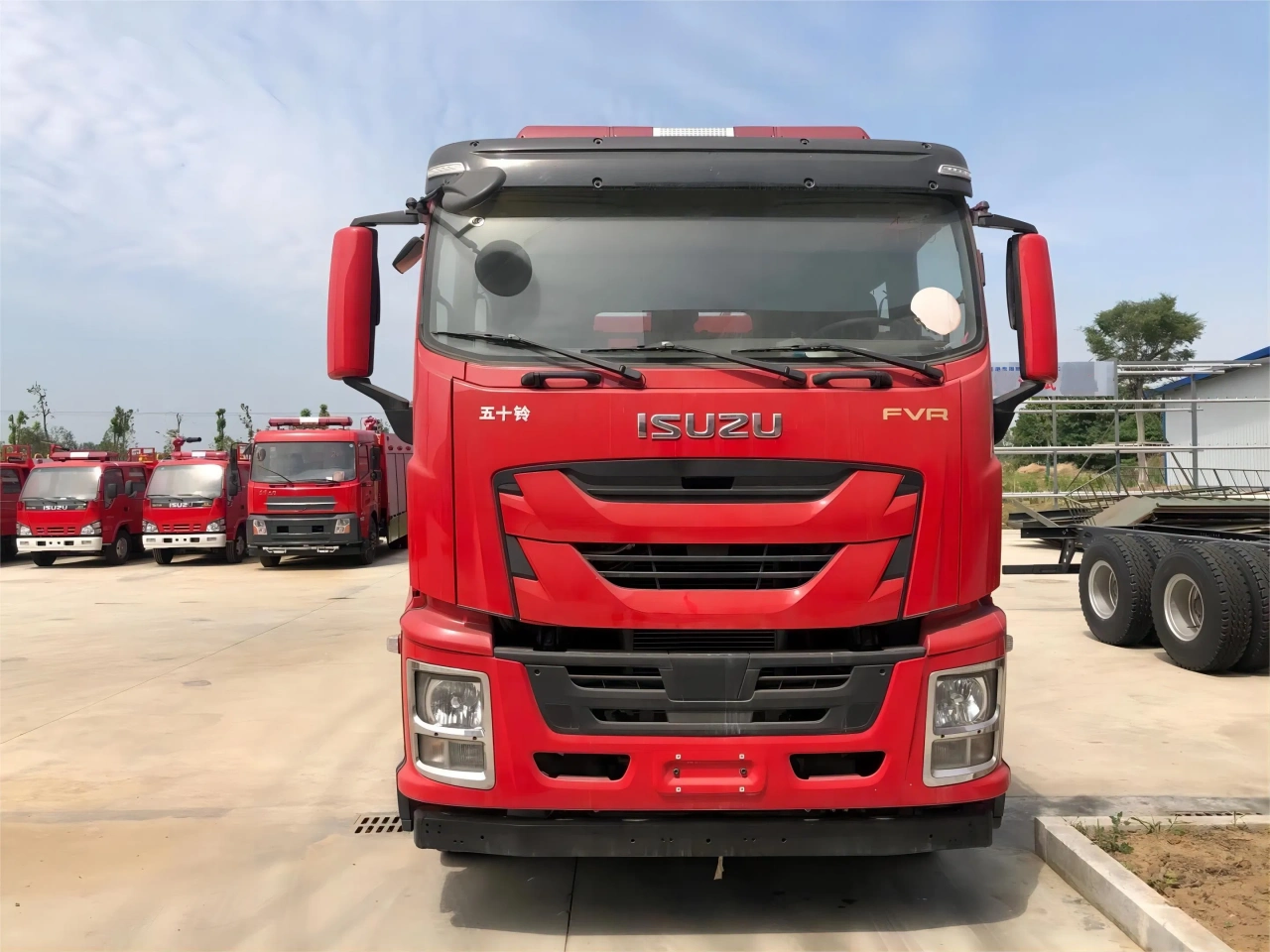
Factors Affecting Pumper Truck Capacity
1. Fire Department Requirements
The specific needs of a fire department determine the type of pumper truck required. Urban areas typically require smaller, more maneuverable trucks with moderate water tanks, as hydrants are readily available. In contrast, rural and wildland firefighting units may use larger tankers with high-capacity pumps due to the limited availability of water sources.
2. Water Supply and Hydrant Accessibility
In areas with an extensive hydrant system, pumper trucks rely more on their pumping capability than on onboard water storage. However, in remote locations, pumper trucks must carry larger water supplies or coordinate with water tenders to sustain firefighting operations.
3. Type of Fire Suppression Operations
Different fire scenarios require varying amounts of water and pump performance. Structural fires in high-rise buildings demand high-pressure pumps with efficient hose configurations, while industrial fires may require foam systems and enhanced water flow rates.
4. Vehicle Size and Weight Restrictions
Larger water tanks and high-capacity pumps increase the weight of a pumper truck, affecting its maneuverability and compliance with road weight limits. Fire departments must balance capacity needs with vehicle size constraints to ensure trucks can navigate urban streets and rural terrain efficiently.
Special Variants of Pumper Trucks
Several types of pumper trucks are designed to meet specific firefighting needs:
- Standard Fire Engine: The most common type, equipped with a mid-sized water tank and pump suitable for urban and suburban firefighting.
- Tanker Pumper: Features a larger water tank (often exceeding 2,000 gallons) for use in areas without hydrant access.
- High-Pressure Pumper: Designed for high-rise firefighting, with specialized pumps to deliver water at high pressures over extended distances.
- Industrial Foam Pumper: Used in facilities dealing with hazardous materials, equipped with foam concentrate storage and proportioning systems.
- Wildland Pumper: Built for off-road firefighting, featuring all-terrain capabilities and smaller, highly mobile water tanks.
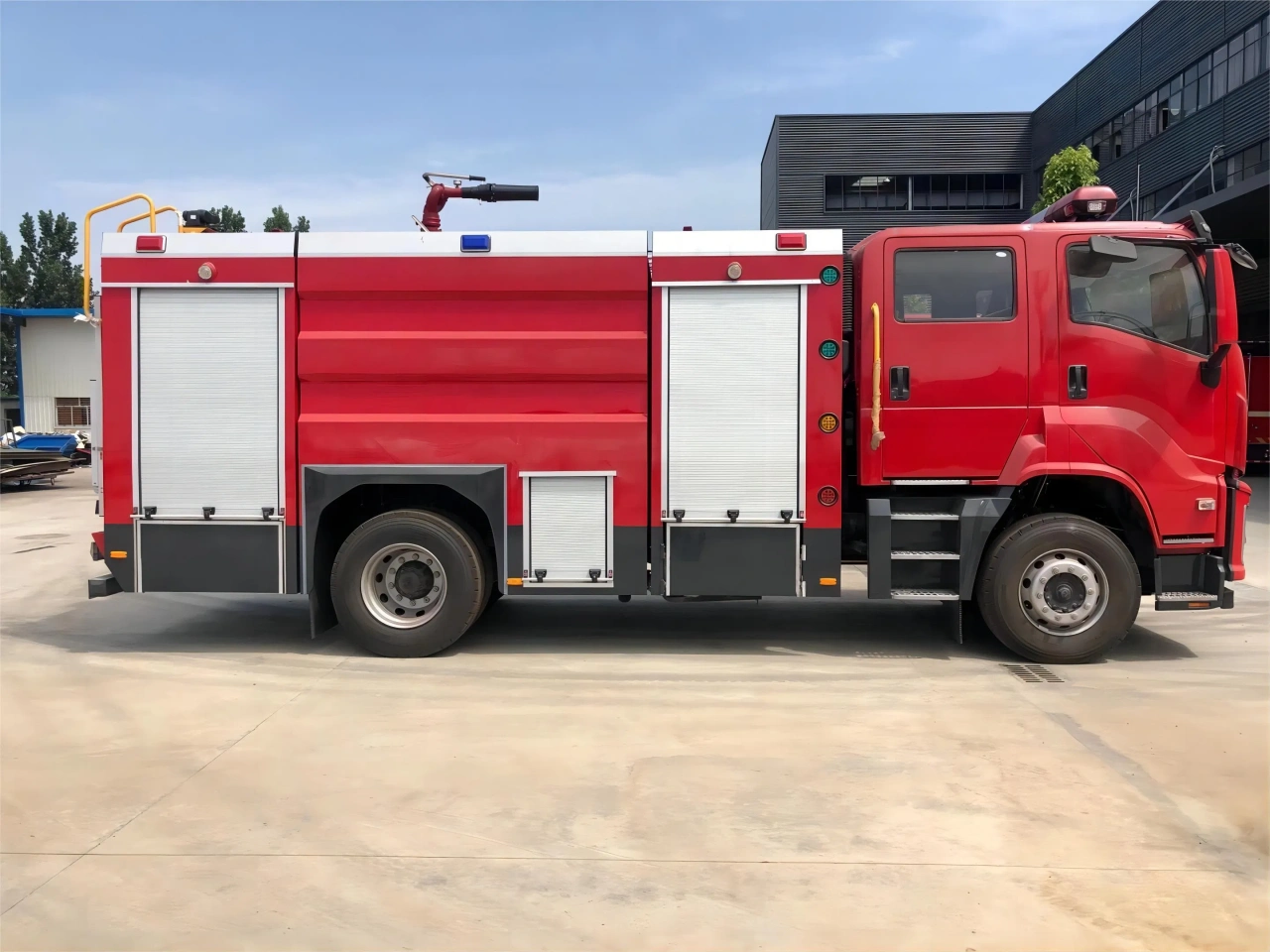
Conclusion
The capacity of a pumper truck is a combination of its water tank size, pump performance, and hose configurations, all of which determine its effectiveness in fire suppression. Standard fire engines typically carry 500 to 1,500 gallons of water and feature pumps delivering 1,250 to 2,000 GPM, but specialized pumper trucks can exceed these specifications based on operational needs. Understanding these capabilities allows fire departments to select the right equipment to meet their firefighting challenges efficiently. Whether in urban, rural, or industrial settings, pumper trucks serve as essential tools in protecting lives and property from fire-related disasters.

